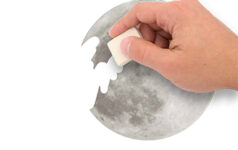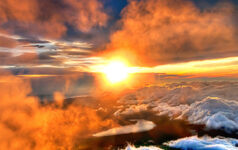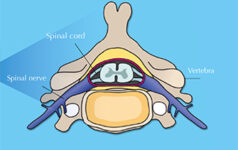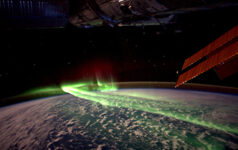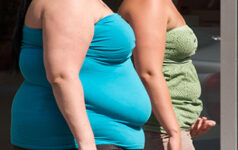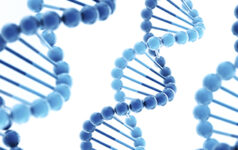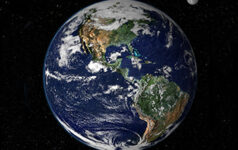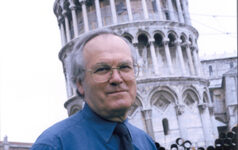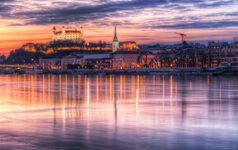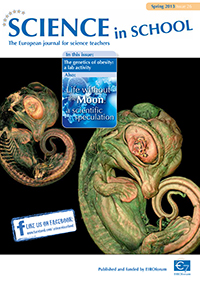
Articles
Showing 10 results from a total of 12
Soaring temperatures, a flooded landscape, violent winds…. What would our planet be like without the Moon?
Measuring the temperature inside a fusion reactor is no easy task. Find out how it’s done – and even simulate it in the classroom.
Spinal cord injury typically causes permanent paralysis and is currently a condition without a cure. Could stem cell therapy provide hope?
The aurorae are one of the wonders of the natural world. Using some simple apparatus, they and related phenomena can easily be reproduced in the classroom.
Around 1.5 billion people worldwide are overweight or obese. Are we just eating too much or can we blame our genes? Here’s how to investigate the genetics of obesity in the classroom.
What does the majority of our DNA do? Hundreds of scientists have spent years examining these ‘junk’ sequences, which may hold the key to serious diseases – and much more.
Studying the chemical composition of some of the planet’s oldest rocks has revolutionised our understanding of how our continents formed.
Civil engineer John Burland talks about the perils and practicalities of supporting some of the world’s most iconic buildings.
As young scientists from across Europe gathered in Bratislava to exhibit their projects, find out what impressed the jury most.

Life without the Moon: a scientific speculation
A thermometer that goes to 200 million degrees
Spinal cord injury: do stem cells have the answer?
Casting light on solar wind: simulating aurorae at school
The genetics of obesity: a lab activity
Laying bare our genetic blueprint
Cracking the mystery of how our planet formed
Propping up the wall: how to rescue a leaning tower
Meeting the next generation of scientists: the European Union Contest for Young Scientists







